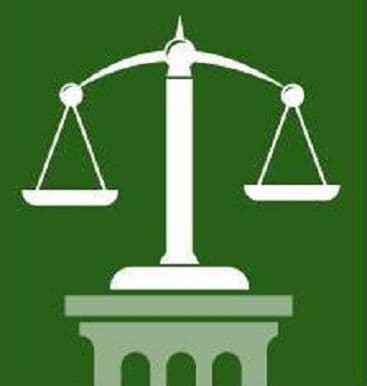A car was in the front of a line of cars travelling in the same lane. The lead car stopped suddenly. The car behind it was able to stop. The third car back abruptly switched lanes and went around the other two without incident. The fourth car, however, slammed on the brakes, but not soon enough to avoid slamming into the second car.
The driver of the second car was injured, and sued. The judge instructed the jury on the emergency doctrine. The judge instructed the jury that under Washington personal injury law, the emergency doctrine applies if “through no negligence of his or her own” a driver is “compelled to decide instantly how to avoid injury” and “makes such a choice as a reasonably careful person placed in such a position might make. If so, the driver “is not negligent even though it is not the wisest choice.”
The jury found the driver was not negligent.
There was no evidence that there were alternate choices available to the fourth driver. Instructing a jury on the emergency doctrine is also not appropriate if the party seeking the instruction brought about the emergency by his own negligence. Here, the driver’s testimony was that “he tried to stop but could not stop quickly enough so he ran into” the second car.
The Court of Appeals reversed, finding the trial court erred in giving the emergency doctrine instruction.[1]
Often personal injury cases are not as simple as they look. Even though the person injured was “rear-ended” through no fault of her own, in court the following driver who hit her was not held responsible. Even after the appeal, she will have to go through an entire second trial to receive compensation (assuming the case does not settle out of court first). This case is a good illustration of why it is important to seek a free personal injury case evaluation.
![]()
By personal injury attorney Travis Scott Eller
[1] Crettol v. Gonzalez-Reyes, unpublished (No. 68943-6-1 October 28, 2013).
